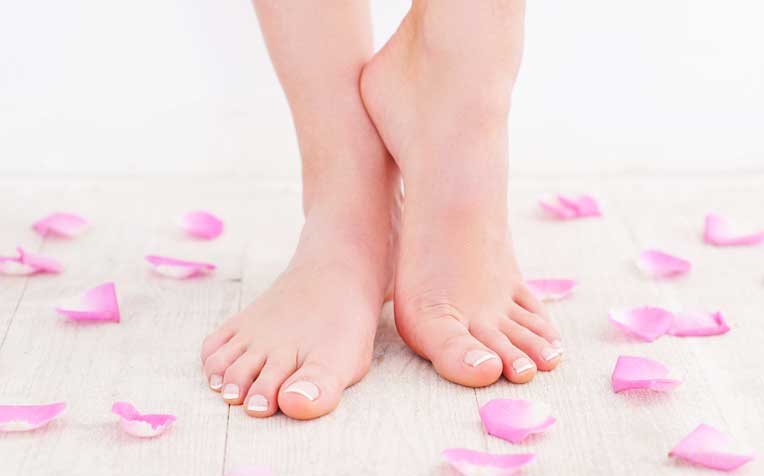
Avoid fungal infection by keeping your feet clean and dry.
Athlete’s foot, or tinea pedis, is a common fungal infection of the feet. Despite its name, athletes are not the only ones who get the itching, stinging and burning feeling between the toes. Getting rid of this skin disease can, however, take some effort.
The name of the condition may come from the fact that the infection is typically acquired in places such as locker rooms, gyms, communal showers, saunas and swimming pools where people walk barefoot. Sometimes, those infected don’t even know it, says Natalie Tang, Senior Podiatrist at Singapore General Hospital (SGH), a member of the SingHealth group.
Who is at risk?
Even if you were to step on a floor likely to be infected – for instance, the same shower stall as your housemate who has cracking, peeling blisters on his feet – it doesn’t mean you’ll pick up athlete’s foot. Life’s not fair: some people are more prone than others.
If your immune system is weakened (due to diabetes or HIV for instance), you’re more vulnerable to the fungus. Ditto if you have an existing minor skin or toe nail injury.
Beyond that, whether athlete’s foot develops mostly depends on whether you provide the fungus with a cozy, loving home. For tinea pedis, this would be any warm, moist environment, such as tight shoes made of non-breathable material, explains Ms Tang.
Getting rid of athlete’s foot – the basics
- Wash your feet thoroughly with soapy water at least twice a day.
- Dry your toes and the rest of your foot meticulously.
- Change your socks frequently, at least once a day. If your feet sweat a lot, you may need to change them more frequently to keep your feet clean and dry. Socks made of cotton or synthetic materials designed to keep moisture away are recommended.
Intermediate defense against athlete’s foot
- Wear shoes that give your feet ample space to breathe. Cramped toes create cozy nooks for bacteria.
- Always let your shoes air for at least a day before wearing them again. In the meantime, you can spray them with a disinfectant, or sprinkle some anti-fungal powder on the insoles.
- Keep a clean, separate towel to dry your feet. This can help prevent the infection from spreading to other parts of your body, such as your groin. Jock itch is caused by the exact same bacteria.
The final punch
- Most cases of fungal foot infection can be treated with good foot care practices and over-the-counter anti-fungal medications such as miconazole or terbinafine. These can come in the form of creams, lotions, powders or sprays.
- If the condition does not show any signs of improvement after approximately two weeks, or if you notice redness, increased swelling or warmth, consult a doctor,” says Tang. In cases where topical treatment is ineffective or in severe cases of infection, oral anti-fungal medication may be required.
- With appropriate treatment, most cases resolve within days or weeks.
- It is recommended that you continue applying the anti-fungal medication for one to two weeks after your symptoms have resolved to ensure that the infection has been fully treated.
- It is important to address the problem as soon as you notice any symptoms to minimise the risk of developing further complications.
Ref: U11
Contributed by














 Get it on Google Play
Get it on Google Play